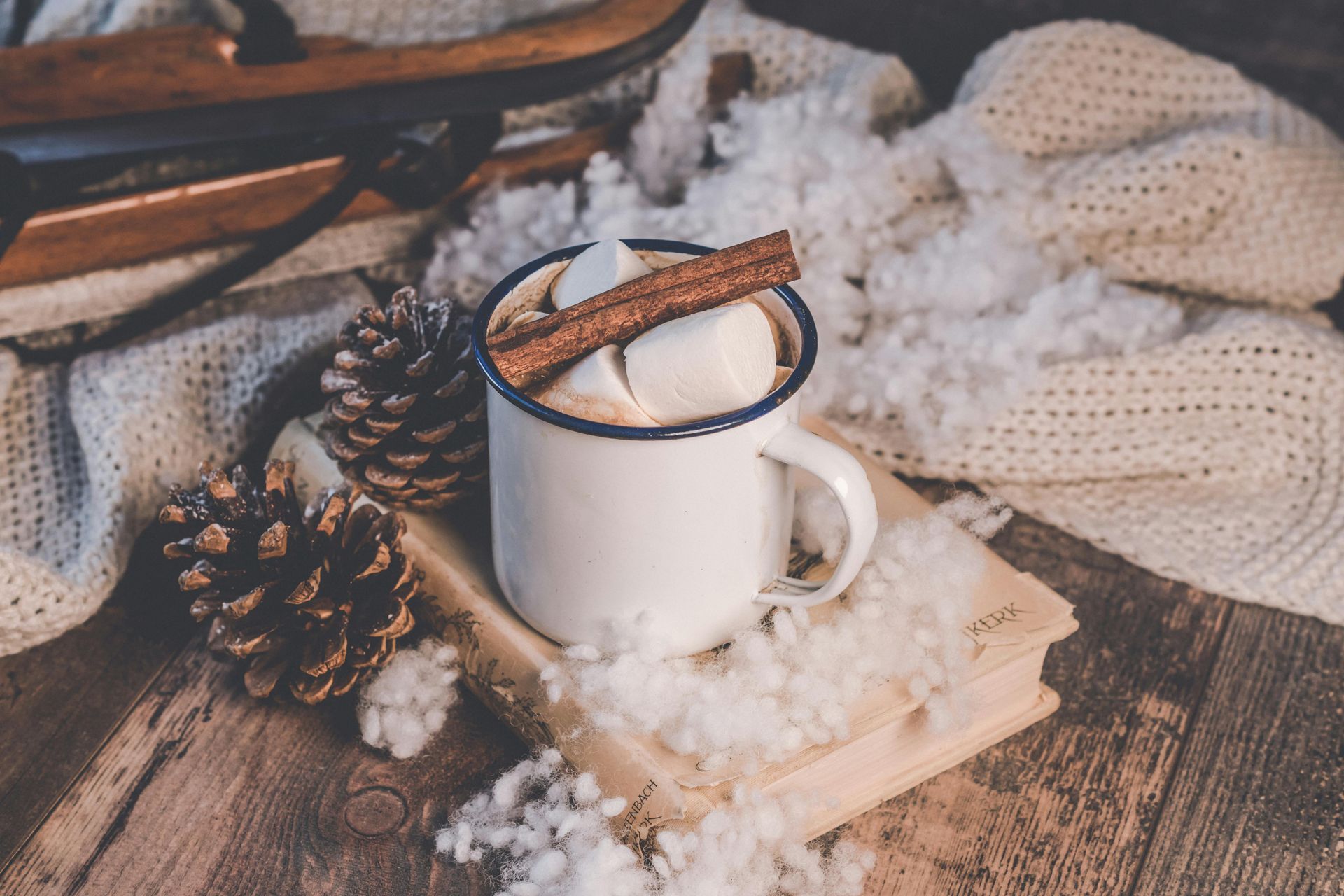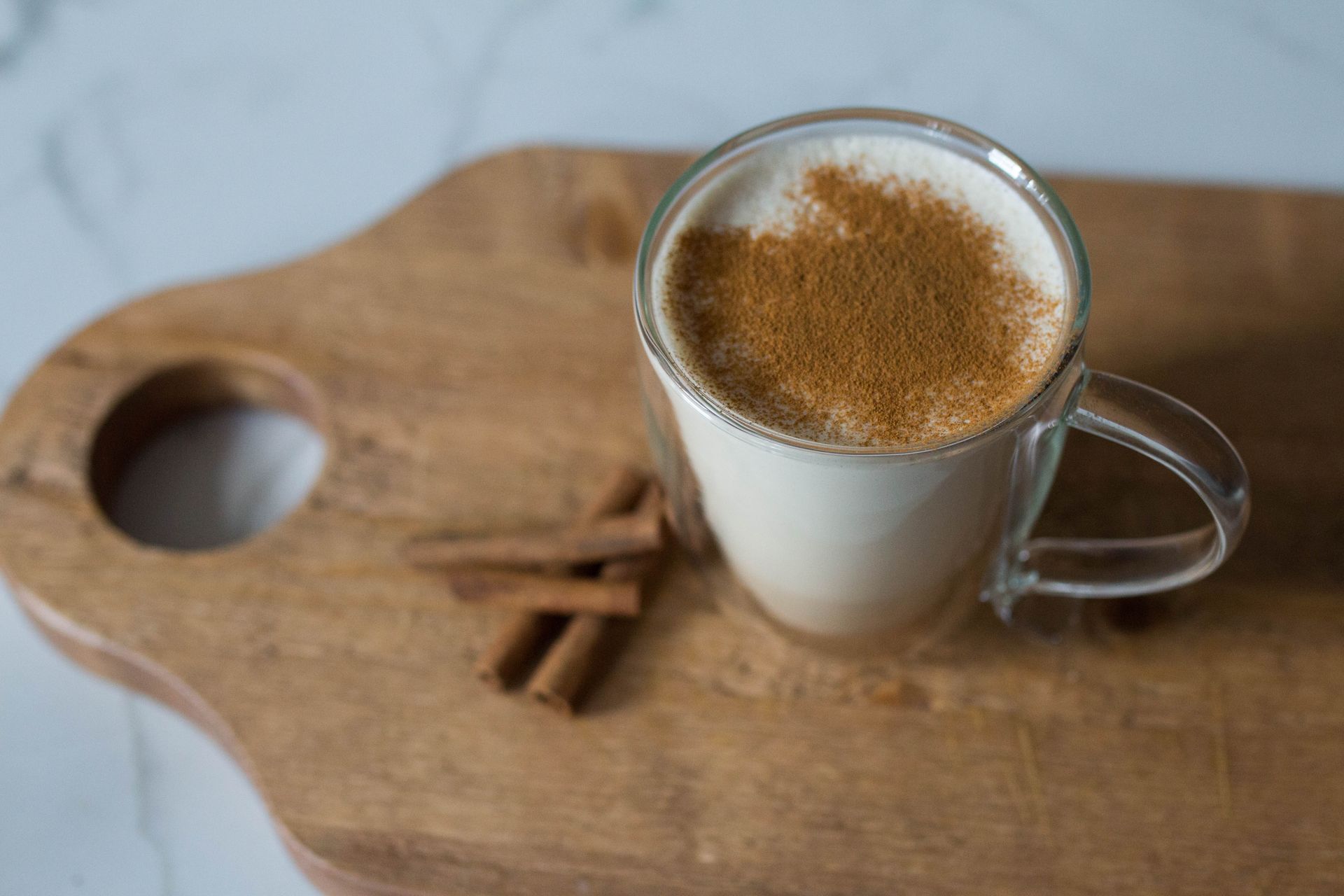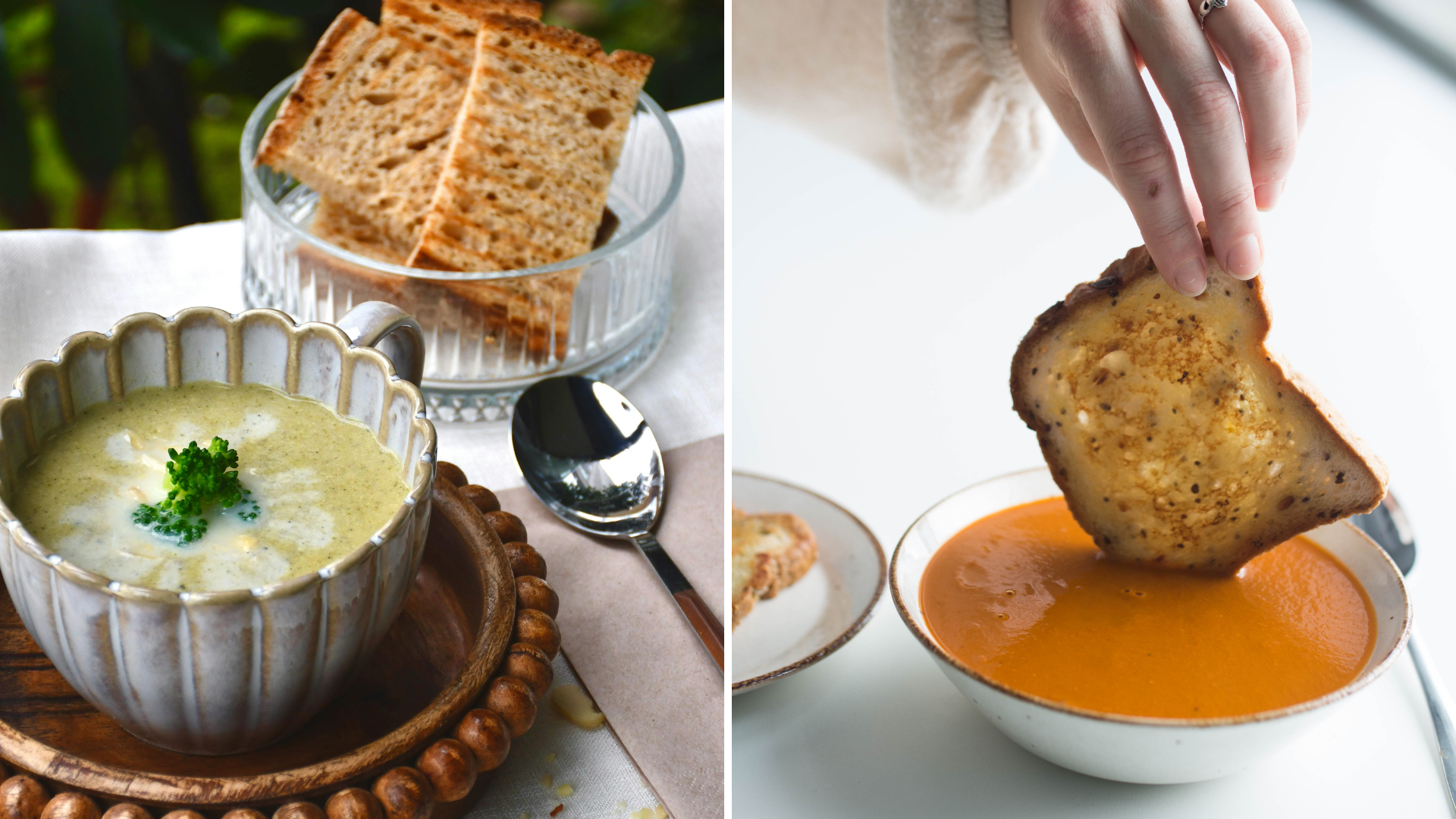How to Make Working Out Fun
How To Make Exercise Fun
It can be hard to get into the habit of exercising. Even if you keep it up for a little bit, you will probably become exhausted and find it hard to keep going consistently. Luckily, there are a million and a half ways you can exercise and have fun at the same time.
Examples of Play-Based Activities
Hitting the gym or going for a run are great forms of exercise but they can become boring or stagnant. In order to consistently keep yourself exercising, you might need to make things a little more fun.
Sports: One of the best ways to keep yourself active and have fun at the same time is to play a sport. Even a pick-up baseball league or a hockey league in the winter can help keep yourself consistent with your exercises and make you want to keep coming back.
Dancing: A great way to burn off some calories and enjoy yourself is to dance. Whether at an event or just by yourself at home, getting into the groove can both boost your mood and help you reach your daily exercise goal. Try dancing to some of your favourite songs for about 20 minutes, you'll be surprised by how tired you get!
Swimming: With summer in full swing, a great way to unwind and get some exercise is swimming! Whether you're doing laps or just playing around with friends, getting in the water and moving around is great for both your body and mind.
Trampoline: Not everyone has a trampoline in their backyard but if you, or someone you know does, it would be a great idea to take advantage of it during the warm months. Jumping up and down on a trampoline is not only extremely fun, it's a great way to get in some cardio and improve your flexibility.
Best Fitness Games
These days, you don't even have to go outside to get your steps in. Several companies have created software that gets your body moving without leaving your home! Instead of looking in the mirror during a workout, these games have you looking at a screen and defeating enemies or gaining points while you push yourself to the limit! Let's take a look at some of the best fitness games on the market:
Ring Fit Adventure: Released in 2021, this game for Nintendo Switch features an animated Pilates ring that guides you on your adventure and various workouts. You’ll traverse rivers, rowing furiously against currents one moment, and then high-knee jog across sprawling landscapes the next. This cardio-centric regimen does wonders for stamina building while providing ample core strength exercises as well.
Just Dance: This is a popular game many of you might've already heard of. Much like the Dance Dance Revolution games you might see in an arcade, Just Dance is a game where you dance along to popular songs and earn points while doing it. After a few songs, you'll probably be feeling exhausted, which is why this game is such a great and fun way to workout. There are many versions of it available, whichever one works best for you. Available on Nintendo, Playstation and Xbox platforms.
Beat Saber: If you’re a science fiction fan with a fondness for catchy beats, then Beat Saber is the game for you. This VR title turns you into a light-saber-wielding Jedi Master slicing through flying blocks of color on beat to adrenaline-pumping music. Available on Steam and Playstation, but only while using VR.
Fitness Boxing: While it may not provide the same amount of exercise as actual boxing, the Fitness Boxing series is a great way to stay fit and get your daily exercise needs met. In the game, you'll get your own personal trainer who will guide you through different songs and teach you various boxing workouts. Available on Nintendo Switch.
Best Sources of Hydration
You'll feel a lot better about working out if you are properly hydrated. It will be easier to keep workouts consistent if you don't let yourself get de-hydrated. Here are some of the best drinks to have when you're working out:
Water: Water is the best drink to satisfy thirst and replace fluid lost during exercise. Drink water before you start exercising, too.
Sports Drinks: It is best to avoid any Sports Drink that is high in sugar, however, they can be beneficial for those doing intense workouts who are losing both water and electrolytes through sweat.
Coconut Water: Coconut water is filled with antioxidants and has less sodium than sports drinks. It also has a good amount of electrolytes like potassium and magnesium which can be helpful after a workout.
Chocolate Milk: This one might seem like a head-scratcher, but chocolate milk is actually very beneficial to drink after a workout. It has several essential electrolytes and double the carbohydrates compared to regular milk. Consuming carbs after exercise replenishes the muscles by replacing the glycogen lost during a workout. Pair carbs with protein and you have the best recovery potential for tired muscles.
Green Tea: Research shows that tea, both green and black, can be effective in fat oxidation (the process when fat is broken into smaller molecules that get stored and used for energy) during aerobic exercise and post-workout recovery. Coffee is also effective to consume before and after a workout.
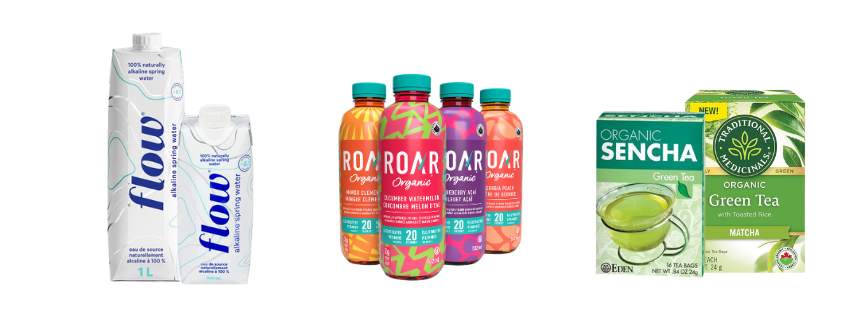
Flow Water, Roar Organic Coconut Water, Eden and Traditional Medicinals Green Tea. All available at our store.
Best Supplements for Working Out
Working out regularly takes a lot of energy and mental strength, so it's best to make sure you're at the top of your game all the time. Some of these supplements may help with that.
Ashwagandha: Studies suggest that ashwagandha can improve physical performance. It’s been shown to increase VO2 max (the maximum amount of oxygen someone can use during exercise), which is important for endurance. There have also been studies that have shown it can increase muscle mass and strength.
BCAA's (Branched-Chain Amino Acids): BCAA's play an important role in building muscle. The BCAA leucine activates a certain pathway in the body that stimulates muscle protein synthesis, which is the process of making muscle. They have also been shown to decrease muscle damage, which may help reduce the length and severity of delayed onset muscle soreness.
Collagen: Collagen supplements can be beneficial for those who work out, as they support muscle recovery, joint health, and connective tissue strength. Collagen helps repair and rebuild muscle tissue after exercise, reducing soreness and potentially improving muscle mass.
Creatine: Creatine is an effective supplement with powerful benefits for both athletic performance and health. It may boost brain function, fight certain neurological diseases, improve exercise performance, and accelerate muscle growth.
Protein: Protein is crucial for workout recovery and muscle growth. It helps repair muscle damage from exercise, promotes muscle protein synthesis, and can aid in weight management. Consuming protein after workouts, especially within a suitable timeframe, can maximize muscle recovery and growth.
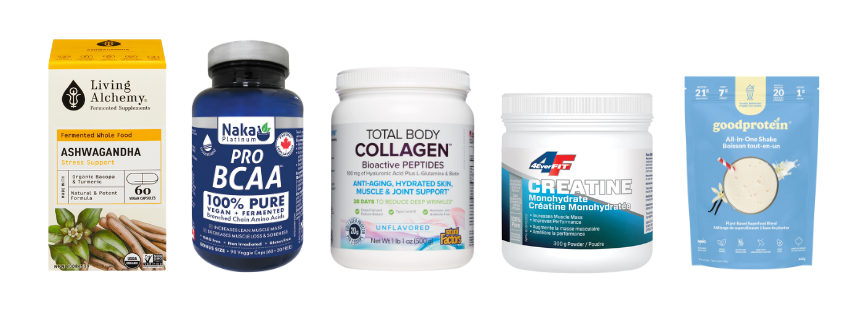
Living Alchemy Ashwagandha, Naka Platinum Pro BCAA, Natural Factors Total Body Collagen, 4EverFit Creatine and GoodProtein Protein Powder are all excellent to use when working out.
Conclusion
Working out doesn't have to be such a hard grind all the time. There are many ways you can make exercise fun, and if you do that, you're more likely to stay consistent with it. As long as you're staying properly hydrated and using supplements/diet to your advantage, it should be a lot easier. Stay healthy and stay strong!
